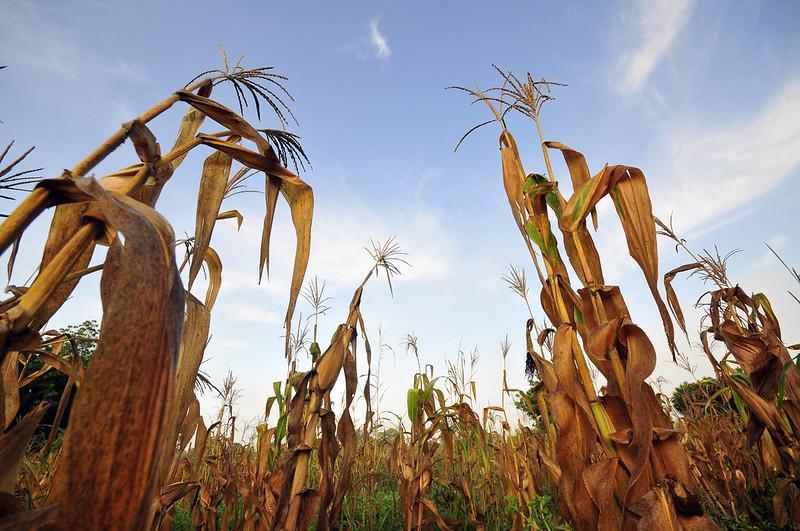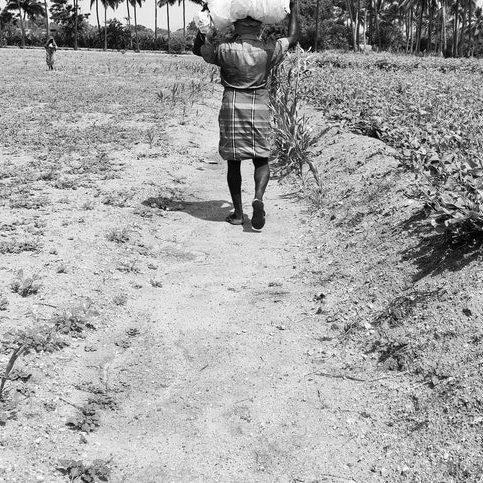Crop production in Ghana has increased greatly over the past few years. This is because agriculture is the main driving force behind Ghana’s economy. It accounts for approximately 54% of the country’s GDP. Moreover, it employs 52% of its workforce, making it an essential source of revenue and growth. Currently, Ghana is the world’s second-largest producer of cocoa, only behind Cote d’Ivoire. Smallholder farmers form a large percentage of crop production in Ghana.

Over the past decade, Ghana’s government has implemented critical policies that add value to Ghana’s raw agricultural products (e.g. cocoa, cotton, palm oil, and others). Recently, the government has made intensive efforts to process some of these products. One example of this is doubling the volume of locally processed cocoa beans.
Ghanaian agriculture is diverse, with a range of cash crops, including:
- Cocoa
- Beans
- Palm oil
- Pineapples
- Cotton
- Tomatoes
- Bananas
- Citrus fruits
- Coconuts
- Tobacco
- Cashews, and fresh vegetables
Through agriculture, citizens receive both formal and informal employment opportunities. These include cultivating different crops at different times of the year which can help sustain jobs. This means that farmworkers are assured of job availability all year round.
In addition, it means the local input suppliers, including businesses that stock seeds, fertilisers and other goods, remain in business throughout the year.
Challenges Ghana Faces in Crop Production
Despite greater crop production, there are some drawbacks that limit its growth. These include:

- Poor markets: Ghana’s market infrastructure is poor and inaccessible, especially to smallholder farmers. This makes it hard for farmers to transfer crops from farms to markets. Because many factors can stop farmers from selling their crops, this affects crop production rates.
- Lack of access to fertilizers: One way to make sure that crops grow faster, safer, and with higher yields is to apply fertilizers. Since many of Ghana’s farmers are smallholders, it is sometimes difficult for them to access fertilizers. With less fertilizer, crop production decreases.
- Poor transportation and storage facilities: The only way crops in Ghana can reach markets is when farmers can safely move them from the point of production to the point of distribution. Poor infrastructure affects food distribution as it may take more time for crops to reach markets. Sometimes they get damaged in transit, and there are inadequate storage facilities to preserve them. This leads to wastage and decreased food production.
- Lack of financial support: The improved technologies that increase yields have also increased costs, making them expensive to implement. Farmers sometimes go into debt, because they are unable to make positive returns. When faced with this, production often decreases. Combined with banks often denying access to loans and grants to smallholder farmers, many of them struggle to sustain their jobs. In this case, there is a decline in the distribution and the marketing of these food crops.
- Poor information: Many farmers lack adequate and genuine information to help them practice safe methods while farming. In addition, a lack of irrigation information access and understanding of new systems causes reduced food production rate.
How Can Crop Production in Ghana Improve?
Though Ghanaian farmers face many challenges, there are ways to improve yield, and boost crop production. These include:

- Boosting irrigation: Good irrigation structures are important for farms to receive sufficient water for effective crop growth. Water for irrigation can come from rivers, streams, lakes, reservoirs, and others. Lack of water will cause crops to wilt faster, hence farmers will need enough water for their farms during a dry season.
- Developing high yield crops: Farmers should ensure that their crops have a high yield potential. When crops experience low yields, it wastes time, energy, and resources. To avoid this, farmers should carefully select their crops and only plant those which would lead to bumper harvests.
- Improve market access and infrastructure: Ideally, agricultural products should move from farms to potential buyers. Due to poor market access, crops often either get damaged on the way or the farmer may sell them cheaply to get rid of debts. The Government of Ghana should improve road networks to help farmers in rural areas access to markets easily.
- Increase the use of fertilizers: For crops to experience higher yields, they need fertilizers. The land is gradually losing nutrients due to poor farming practices. To stop this, farmers should seek positive ways to replenish lost nutrients, for example, by applying fertilizers to crops . However, they need access to fertilizers, and education on how to use them effectively.
- Make better use of information technology: The world is going digital and this could be a pathway to relaying information to farmers. When farmers lack access to information, they often stick to old practices which may affect production rates. The government and other corporates should package agricultural information into easy to access digital applications.
Conclusion
Over the past decade, Ghana has achieved so much in the agricultural sector. However, the challenges they face may reverse this progress. Crop production in Ghana will continue to increase as long as the government and farmers, adopt the above mentioned safe practices. Although it takes time, it is an ideal way to achieve the sustainable development goal of ending hunger in the nation.
The THRIVE Platform can shape a better future, not just for agriculture, but for a better world. If you wish to find out more, click this link.

